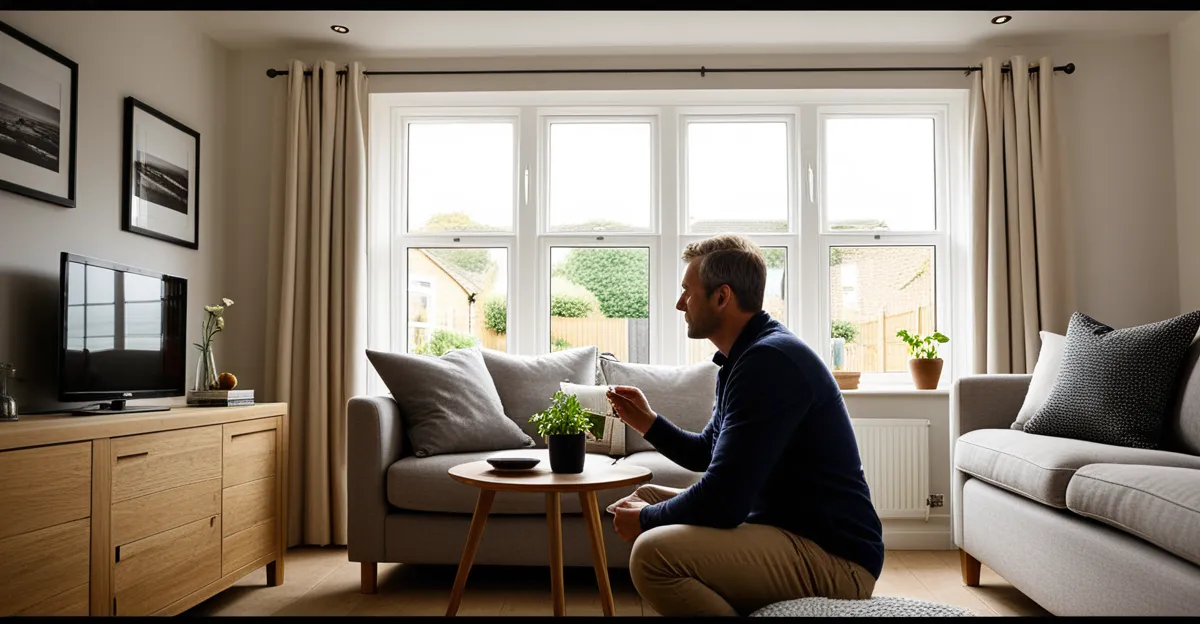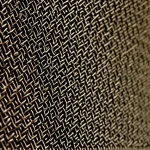Immediate changes to boost comfort inside UK homes
Small home improvements UK residents can make now often focus on tackling draughts and improving insulation. Start by sealing gaps around windows and doors to prevent cold air infiltration, a quick comfort upgrade that directly enhances warmth. Applying weather stripping or insulated draft excluders on key areas is another cost-effective alteration that reduces heat loss efficiently.
Adjusting radiator placement can also have a significant effect. Radiators located too close to windows or blocked by furniture waste energy. Moving or elevating them ensures better heat circulation. Installing thermal curtains complements this by trapping warmth inside rooms, adding another barrier against the chill. These usually fit a modest budget and offer tangible comfort improvements quickly.
Also read : How Can You Transform Your Home into a Cozy Sanctuary for Optimal Living?
Soft furnishings play a surprising role too. Introducing thick rugs, cushions, and throws increases cosiness by adding insulation and absorbing sound, contributing both warmth and a comforting aesthetic. Such quick comfort upgrades combine practicality with atmosphere, making homes feel inviting even on blustery days typical of the UK climate.
Focusing on these small home improvements UK-wide can make an immediate difference with minimal expense, promoting a warmer, more comfortable living environment through targeted, efficient changes.
Also read : What are the best practices for soundproofing your UK home?
Affordable energy-saving upgrades for greater comfort
Enhancing your home’s comfort doesn’t have to mean high costs. One of the top energy efficient home UK improvements is installing smart thermostats. These devices learn your habits and adjust heating automatically, preventing energy waste while maintaining ideal temperatures. Using smart heating controls maximises existing systems without additional expenses.
Switching to efficient LED lighting also impacts warmth indirectly. LED bulbs emit less heat loss compared to traditional lighting and consume less power, making this a low-cost home comfort solution with dual benefits. Additionally, LEDs last longer, reducing replacement frequency.
Another cost-effective alteration is incorporating UK eco-friendly insulation products. These materials improve thermal retention and air sealing in walls or attics, significantly reducing heat loss. Applying items like recycled cellulose or sheep’s wool insulation fits well with small home improvements UK homeowners can manage themselves or with minimal professional help.
Together, these options present a practical way to combine quick comfort upgrades with energy savings. They empower residents to make affordable, impactful changes that improve warmth sustainably, highlighting how modern technology and green materials contribute to a more comfortable, efficient UK home.
Tailoring simple improvements to the UK climate
Effective draught-proofing UK homes begins with sealing gaps around windows and doors, crucial for the typical chill and unpredictable breeze found across the UK. This simple step prevents cold air ingress and significantly improves indoor warmth. Applying weather stripping or secondary glazing further enhances thermal retention, especially valuable during sudden temperature drops or windy days common in UK seasons.
UK weather home tips often highlight moisture control as essential. In regions prone to damp, integrating ventilation solutions or using dehumidifiers helps maintain a balanced indoor environment, preventing mould and preserving comfort. These adjustments align closely with small home improvements UK residents can choose without complex installations.
Adapting for UK seasons means anticipating shifts in temperature and humidity. For example, sealing in warmth during cold months and allowing controlled ventilation in warmer periods creates a dynamic home environment better suited to the climate’s fluctuations. These cost-effective alterations deliver consistent comfort by addressing specific local conditions, ensuring energy is not wasted combating avoidable drafts or dampness.
By focusing on these tailored strategies, homeowners make meaningful, manageable changes that respect both the climate and their budgets, reinforcing a warm, dry, and comfortable living space year-round.
Small design choices for noticeable comfort
Making small home improvements UK residents can manage involves enhancing both warmth and well-being through thoughtful design. Rearranging furniture to avoid blocking heat sources improves air circulation, ensuring more even temperature distribution. For example, shifting sofas away from radiators prevents heat obstruction, allowing warmth to fill the room effectively.
Adding soft furnishings like rugs and throws delivers immediate quick comfort upgrades by increasing thermal insulation underfoot and on seating areas. Thick, textured fabrics not only retain heat but also absorb ambient sound, heightening the sense of cosiness. These cost-effective alterations transform cold, echoey rooms into snug, inviting spaces without requiring structural work.
Incorporating calming colours and textures boosts psychological comfort, an often overlooked aspect of home warmth. Soft, warm tones and tactile materials create an environment that feels relaxing and secure, indirectly contributing to overall comfort. By paying attention to both layout and decorative choices, homeowners achieve noticeable comfort improvements, leveraging simple, affordable steps rooted in everyday living habits.
Immediate changes to boost comfort inside UK homes
Addressing draughts remains fundamental among small home improvements UK residents can implement swiftly. Sealing gaps around doors and windows significantly reduces cold air seepage. This prevents heat loss and creates a warmer environment without major expense. Complement these by applying insulation to key areas, such as loft hatches or skirting boards, further limiting cold spots.
Adjusting radiator placement is another cost-effective alteration with immediate payoff. Radiators close to windows or behind furniture lose heating efficiency. By relocating or slightly elevating radiators, homeowners optimise heat distribution across rooms. Using thermal curtains at windows also plays a crucial role—these curtains trap warmth inside, reducing reliance on heating systems.
Soft furnishings enhance comfort more than anticipated. Adding thick rugs, cushions, or heavy throws creates extra insulation layers, retaining warmth underfoot and on seating. These quick comfort upgrades bring tactile cosiness, softening room acoustics and improving the overall atmosphere.
By focusing on these accessible, inexpensive steps, UK households can efficiently boost indoor warmth and snugness while keeping budgets in check.







